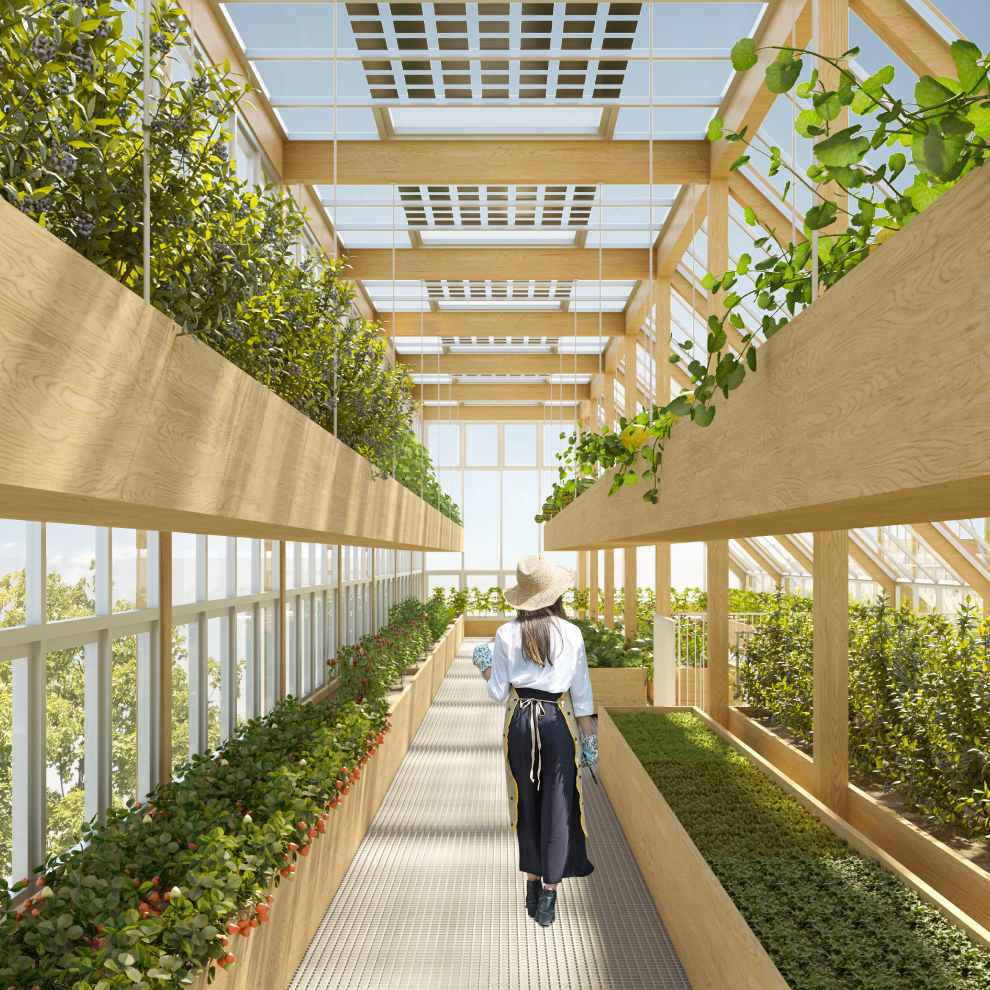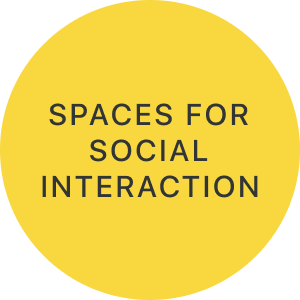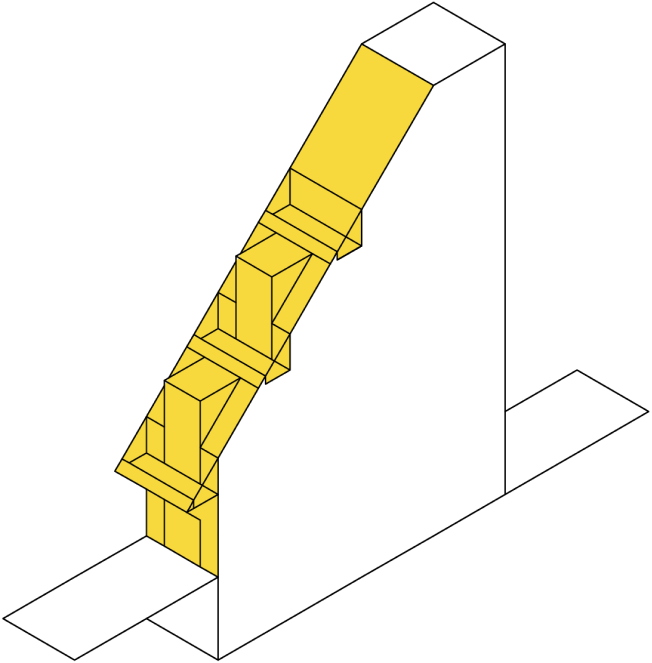

Some of the most pressing issues in agriculture right now are the fast growing population, a lack of connection between the consumer and the produced food, and the impact on the environment caused by the bio industry. Almost half of the planet is already used for farmland, and without big changes or innovations it will only increase. The housing market is also under a lot of stress, with a shortage of affordable houses. And there is a general lack of sense of community as urban living can lead to social isolation.



In designing a housing project in the Netherlands, the hofje offers a compelling inspiration due to its emphasis on community, efficient space usage, and cultural resonance. These traditional courtyard-centered residences foster social interaction, integrate green spaces, and provide a human-scale environment, making them ideal for creating sustainable and community-oriented living spaces that align with Dutch values and architectural heritage.


Using a hollisitc design approach, I explored how urban farming could be seamlessly incorporated into multi-family housing within the hofje typology. Through research, site analysis and iterative design reviews, I developed and refined design solutions that harmonize residential living with sustainable agriculture, resulting in a cohesive architectural proposal.
















































%201.png)



















%202.png)



























